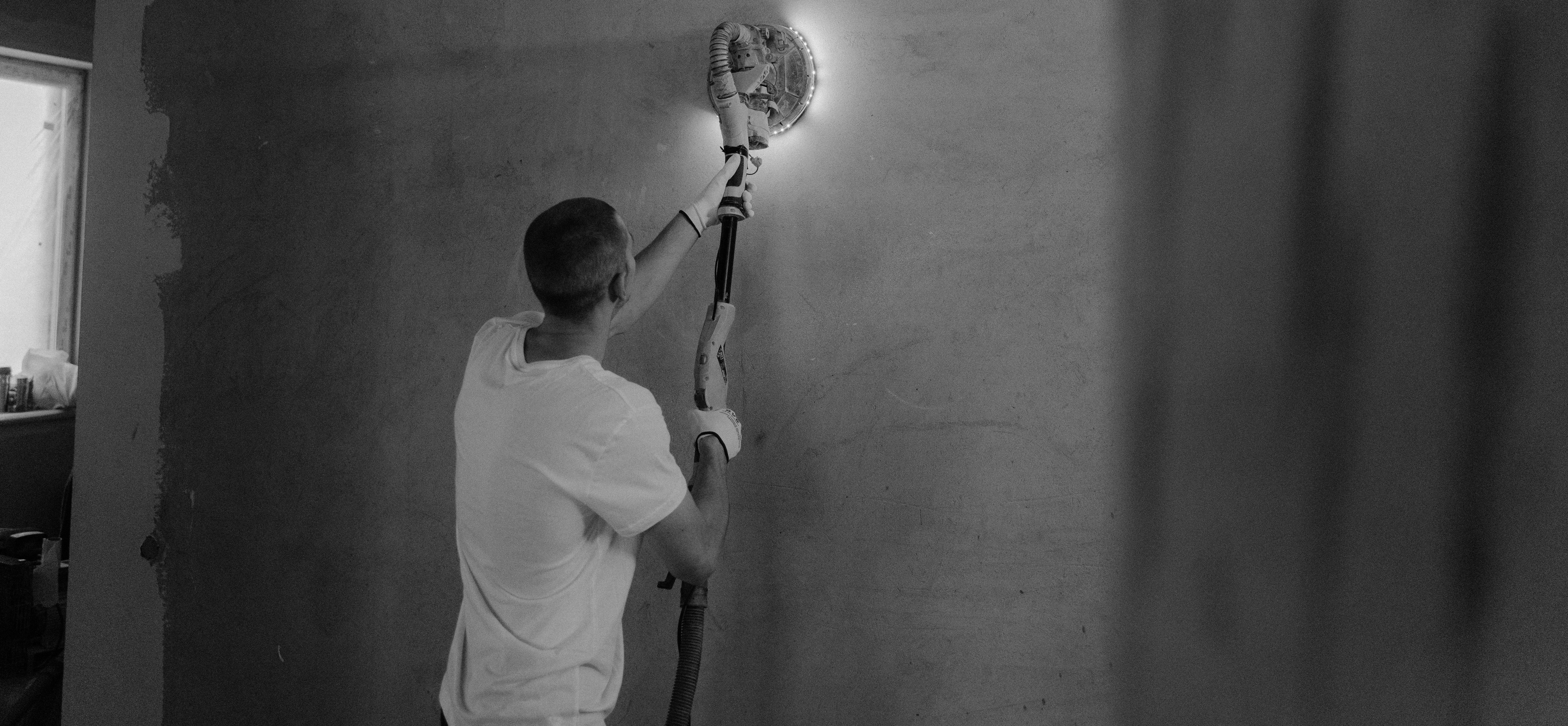Maintaining a rental property is not just about collecting rent—it involves a range of responsibilities to ensure the property remains habitable, safe, and comfortable for tenants. As a landlord, understanding your obligations when it comes to house repairs is crucial to fostering a positive relationship with your tenants and complying with legal standards.
1. Structural Repairs
Landlords are responsible for ensuring the structural integrity of the property. This includes repairs to the roof, walls, floors, and foundations. Cracks, leaks, or any structural damage should be addressed promptly to prevent safety risks and further deterioration.
2. Utility Maintenance
Landlords must ensure that utilities such as water, electricity, and gas systems are in good working condition. Faulty wiring, leaky pipes, or malfunctioning water heaters need immediate attention as they directly affect the tenant’s quality of life and safety.
3. Sanitation and Pest Control
The property must be free from health hazards. This includes addressing issues like blocked drainage, broken septic systems, and infestations of pests such as termites or rodents. Regular inspections and timely intervention help maintain hygienic living conditions.
4. Safety and Compliance
Safety is a top priority. Landlords must ensure that the property complies with local safety regulations. This includes functional smoke detectors, fire extinguishers, secure locks, and a stable supply of clean water.
5. Repairs to Common Areas
For multi-unit properties, landlords are responsible for maintaining shared spaces such as staircases, hallways, and parking areas. These areas must be well-lit, clean, and free from hazards to ensure the safety and convenience of all tenants.
6. Handling Emergency Repairs
Emergencies, such as burst pipes or electrical failures, require immediate attention. Landlords should have a process in place to respond to such situations promptly. Delays in addressing emergencies could lead to further damage or tenant dissatisfaction.
Responsibilities Tenants Should Know Landlords Are *Not* Responsible For
While landlords have significant repair responsibilities, some tasks fall outside their purview:
- Cosmetic Upgrades: Painting walls or replacing curtains often falls under tenant preferences.
- Tenant-Caused Damage: Repairs for damages caused by negligence or misuse are typically the tenant’s responsibility.
- Minor Wear and Tear: Replacing light bulbs or fixing a squeaky cabinet are tasks tenants may handle.
Collaboration for Better Maintenance
Clear communication and understanding of roles are essential for effective property maintenance. Landlords should provide tenants with clear guidelines for reporting repairs and set realistic timelines for resolving issues. In some cases, a lease agreement can outline specific maintenance responsibilities, ensuring both parties are on the same page.
By taking these responsibilities seriously, landlords can maintain their properties' value, comply with legal requirements, and build long-term tenant relationships. After all, a well-maintained property benefits everyone involved.

